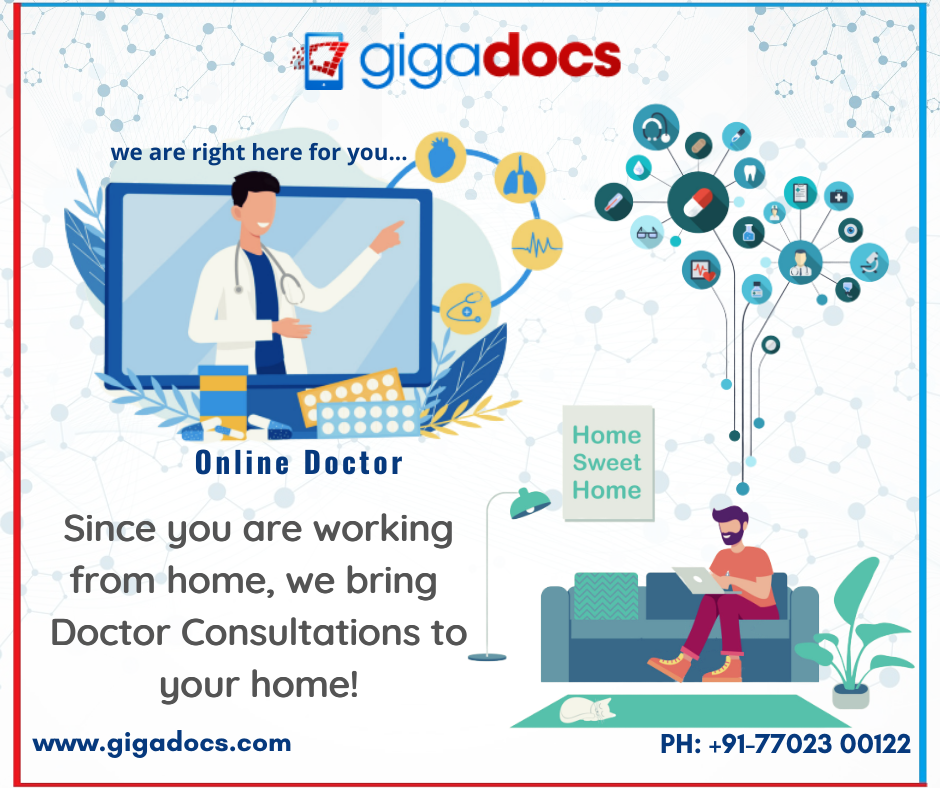The Surge of Subscription-Based Medical Care and Its Influence On Individual Treatment
As healthcare evolves, the subscription-based model is gaining grip, guaranteeing to transform patient treatment by supplying predictability and accessibility. The possibility for these designs to reshape healthcare shipment increases pressing questions concerning their lasting sustainability and inclusivity. Are these membership solutions the future of health care, or do they run the risk of leaving prone populations behind?
Understanding Subscription Health Care Models
Realizing the principle of subscription medical care models involves taking a look at a transformative approach to clinical solutions that highlights price and ease of access. These designs, commonly referred to as direct medical care (DPC) or concierge medicine, have arised as ingenious options to traditional fee-for-service healthcare systems. Membership medical care allows clients to pay a fixed month-to-month or yearly charge for a specified collection of medical solutions, which might consist of limitless workplace check outs, routine examinations, and standard lab examinations, without the requirement for typical insurance invoicing.
The structure of registration healthcare designs is created to improve patient care by removing third-party payers and intricate invoicing codes, thereby minimizing management concerns. Doctor can focus more on patient care, cultivating more powerful patient-provider connections. This version additionally advertises preventative care by encouraging regular gos to, as the economic barrier of per-visit costs is eliminated.
The membership model frequently equips doctor to handle smaller client panels, enabling more tailored care. It lines up financial rewards with person wellness results, as providers are motivated to keep individual fulfillment and wellness. In general, understanding registration medical care designs requires identifying their prospective to reshape just how treatment is provided and accessed.
Benefits for Carriers and individuals

With a steady revenue stream, medical care professionals can dedicate even more time to each patient, leading to an extra tailored and complete care experience. The focus on preventative care within registration plans can lead to far better patient end results and decreased lasting healthcare expenses.
Obstacles and Issues
While subscription-based healthcare versions existing various advantages, they likewise come with a collection of challenges and problems that must be attended to. This elevates honest questions regarding fair access to medical care services.
Financial sustainability of subscription-based versions is one more worry. Carriers need to balance the set revenue from registrations with pop over to this web-site the variable prices of healthcare solutions, which may fluctuate as a result of unpredicted medical demands. This can produce pressure to restrict solutions or boost fees, potentially affecting individual contentment and care top quality.
Additionally, regulatory oversight of subscription-based medical care versions is still progressing. The absence of standard frameworks can bring about irregular service top quality and responsibility, making complex efforts to guarantee patient security. Lastly, the assimilation of technology-- frequently a foundation of these models-- elevates questions about information personal privacy and protection, as delicate client details could be at risk to breaches. Attending to these challenges is critical for the fair and effective execution of subscription-based health care.
Effect On Patient-Doctor Relationships
One substantial influence of subscription-based healthcare models on patient-doctor connections is the capacity for boosted connection and individualized care. By adopting a membership model, doctors can take care of a smaller person panel, permitting more dedicated time with each individual. This boosted schedule promotes a much deeper understanding of a client's medical background, way of life, and choices, allowing a lot more tailored treatment plans and interventions.

Nonetheless, it is very important to acknowledge that while subscription-based models may profit those who can afford them, they might inadvertently broaden health care disparities. People who are incapable to take part in these versions could experience decreased accessibility to customized care, possibly impacting their partnerships with health care suppliers. Therefore, while the subscription model provides encouraging benefits for patient-doctor partnerships, it additionally poses challenges that require to be addressed to make certain fair medical care gain access to.
Future of Healthcare Access

The function of modern technology can not be overlooked in this change. Telemedicine platforms and electronic health and wellness records facilitate smooth interaction in between patients and doctor, damaging down logistical and geographical obstacles. Additionally, improvements in artificial intelligence and information analytics can better customize treatment by predicting person requirements and optimizing therapy strategies.
Nonetheless, the future of healthcare accessibility also presents challenges, such as making certain equity throughout different socio-economic teams. Policymakers and medical care carriers need to collaborate to connect the electronic divide, ensuring that subscription-based site link designs remain inexpensive and comprehensive. As these systems mature, they hold the assurance of making medical care much more accessible, efficient, and patient-centric.
Final Thought
Subscription-based health care models are improving individual care by providing a secure cost structure and boosting accessibility. The increase of subscription-based health care encourages proactive person interaction, which has the prospective to read this enhance client outcomes and complete satisfaction, signifying a transformative shift in medical care shipment.
As health care progresses, the subscription-based design is getting grip, promising to change person care by offering predictability and availability.Subscription-based medical care designs provide distinctive benefits for both carriers and clients, boosting the overall healthcare experience.As healthcare systems evolve, the future of healthcare accessibility regularly hinges on the combination of cutting-edge versions and innovations.Subscription-based medical care models are improving individual care by supplying a stable price framework and enhancing access. The surge of subscription-based health care motivates proactive client engagement, which has the prospective to enhance client outcomes and complete satisfaction, signaling a transformative shift in medical care distribution.